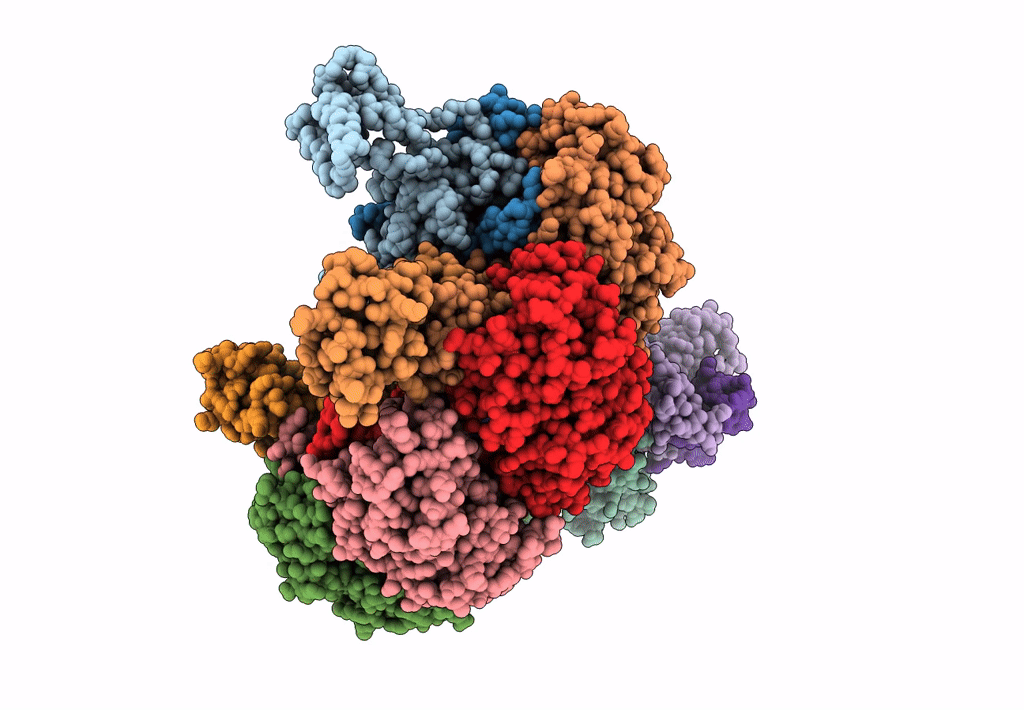
Deposition Date
2021-03-13
Release Date
2021-11-17
Last Version Date
2025-07-02
Entry Detail
Biological Source:
Source Organism:
Pseudomonas aeruginosa (Taxon ID: 287)
Moraxella phage Mcat5 (Taxon ID: 1647551)
Moraxella phage Mcat5 (Taxon ID: 1647551)
Host Organism:
Method Details:
Experimental Method:
Resolution:
3.43 Å
Aggregation State:
PARTICLE
Reconstruction Method:
SINGLE PARTICLE


